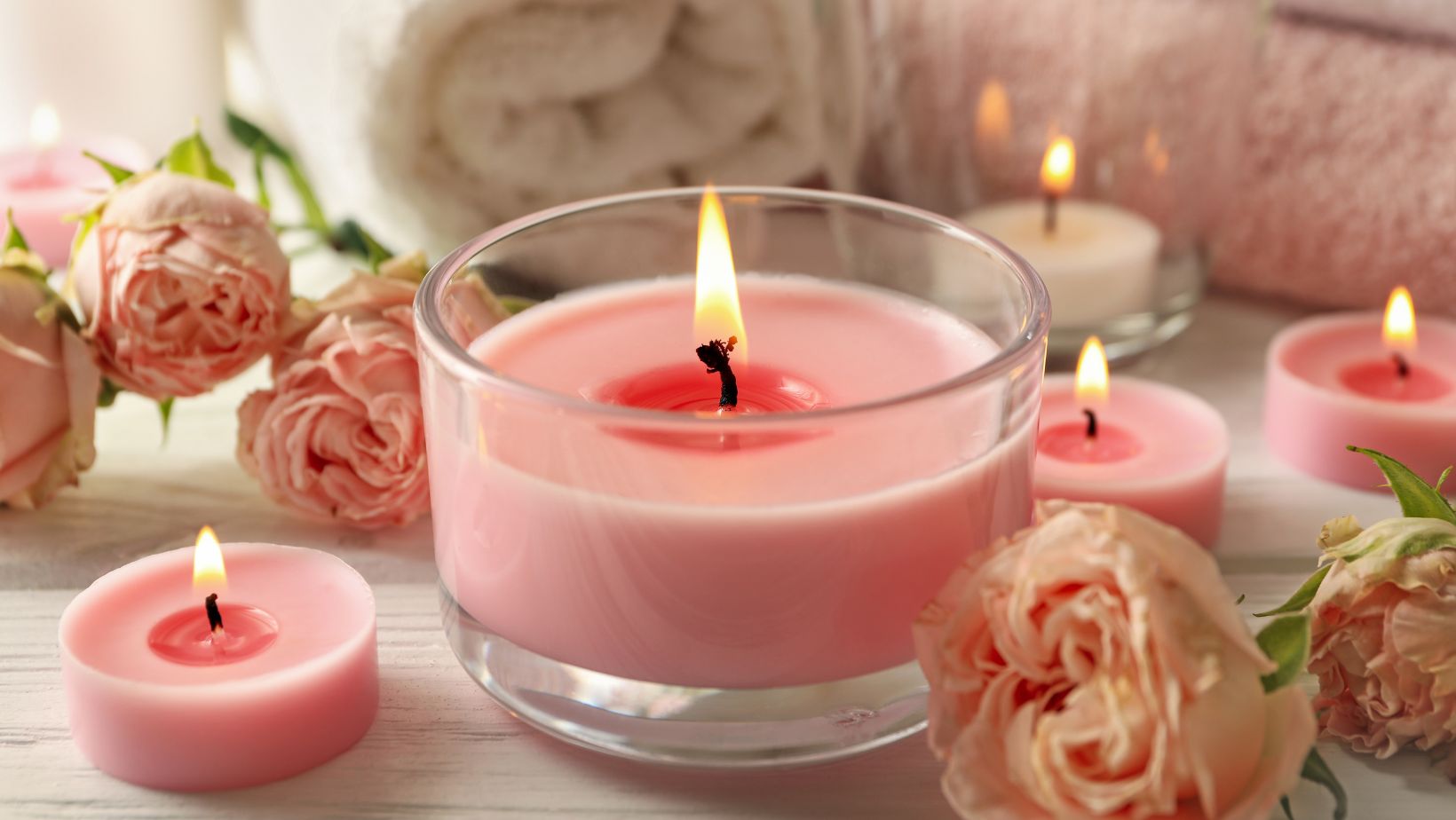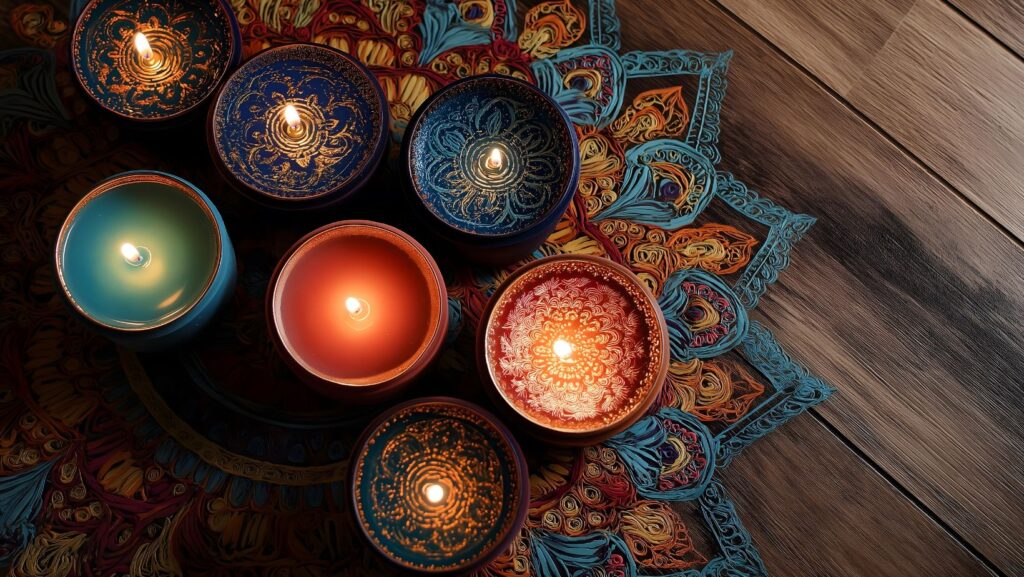Candles bring warmth, fragrance, and ambiance to any setting, but many people are unaware of how proper care can significantly extend their lifespan. Whether you purchase artisanal designs for special occasions or prefer practical candles in bulk for everyday use, knowing how to maintain them ensures they burn cleanly and safely while lasting longer. This guide walks you through essential steps to maximize candle performance and longevity.
Contents
Table of Contents
ToggleChoosing the Right Candle
Before focusing on maintenance, selecting a high-quality candle sets the foundation for a better burn. Look for candles made with natural waxes such as soy, coconut, or beeswax, which generally burn longer and produce less soot compared to paraffin. A well-centered wick and a smooth, even surface are signs of careful manufacturing. If fragrance is a priority, choose candles infused with high-quality essential oils rather than synthetic perfumes.
Preparing Candles Before Lighting
The first burn is critical to the overall performance of your candle. This initial session sets the “memory” of the wax, meaning it determines how evenly the candle will burn throughout its life. Follow these tips before lighting:
- Trim the wick – Cut the wick to about ¼ inch before lighting. This prevents excessive smoke and large, uneven flames.
- Allow full wax pool – Keep the candle burning long enough on its first use for the melted wax to reach the edges of the container. This prevents tunneling, where wax builds up along the sides.
- Check the environment – Avoid drafty areas since wind can cause flickering flames, uneven burning, and wasted wax.
Ideal Practices While Burning
Proper handling while the candle is lit helps preserve both safety and longevity. Here are the most important steps:
- Limit burn time – Avoid burning for more than four hours at once, as prolonged heat can weaken the container or cause wick mushrooming.
- Keep the wick centered – If the wick leans to one side, gently reposition it after extinguishing. A centered wick promotes even melting.
- Maintain clean surfaces – Keep the wax surface free of matches, wick trimmings, or dust that can create smoke or impact the flame.
Extinguishing the Right Way
How you put out a candle is just as important as how you light it.

Blowing on a flame creates smoke and can push debris into the wax. Instead, use these methods:
- Wick dipper – Push the wick into the melted wax and immediately straighten it. This method eliminates smoke and primes the wick for the next use.
- Snuffer – Place a candle snuffer over the flame to extinguish it cleanly without splattering wax.
Both methods ensure less mess and a smoother relight the next time.
Storage and Preservation Tips
Candles are sensitive to temperature, light, and dust. Proper storage extends their usability:
- Keep them cool – High heat may cause warping or sweating, while cold temperatures can cause cracks.
- Store in the dark – Direct sunlight can fade colors and reduce fragrance potency.
- Cover when possible – Use lids, wraps, or boxes to keep dust away and preserve scent.
These practices are especially important if you keep a large collection or stock up for future use.
Safety Considerations for Long-Lasting Enjoyment
Longevity means little without safety. Always place candles on heat-resistant surfaces away from curtains, books, or other flammable items. Never leave them unattended, and keep them out of reach of children or pets. Following these guidelines ensures you enjoy the calming atmosphere without risks.
Final Thoughts
Candle care may seem simple, but small adjustments make a noticeable difference in both safety and burn time. Choosing quality wax, preparing the wick correctly, burning responsibly, and storing them properly all contribute to better results. Whether you enjoy an occasional scented jar or rely on a steady supply, these steps will help your candles last longer and perform better every time you light them.

